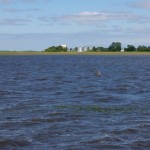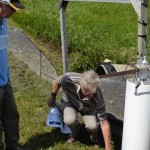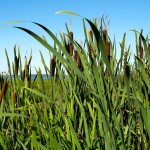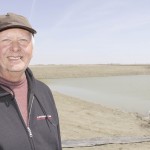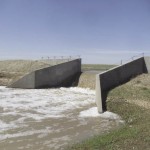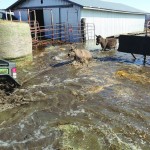Some have coined the term “disaster by design” to capture how severe weather now impacts those farming and living on the Prairies. But improved long-term planning for times of excess and drought can reduce our vulnerability to the latter, said speakers at the inaugural Assiniboine River Basin Initiative conference in Regina earlier this month. “One



